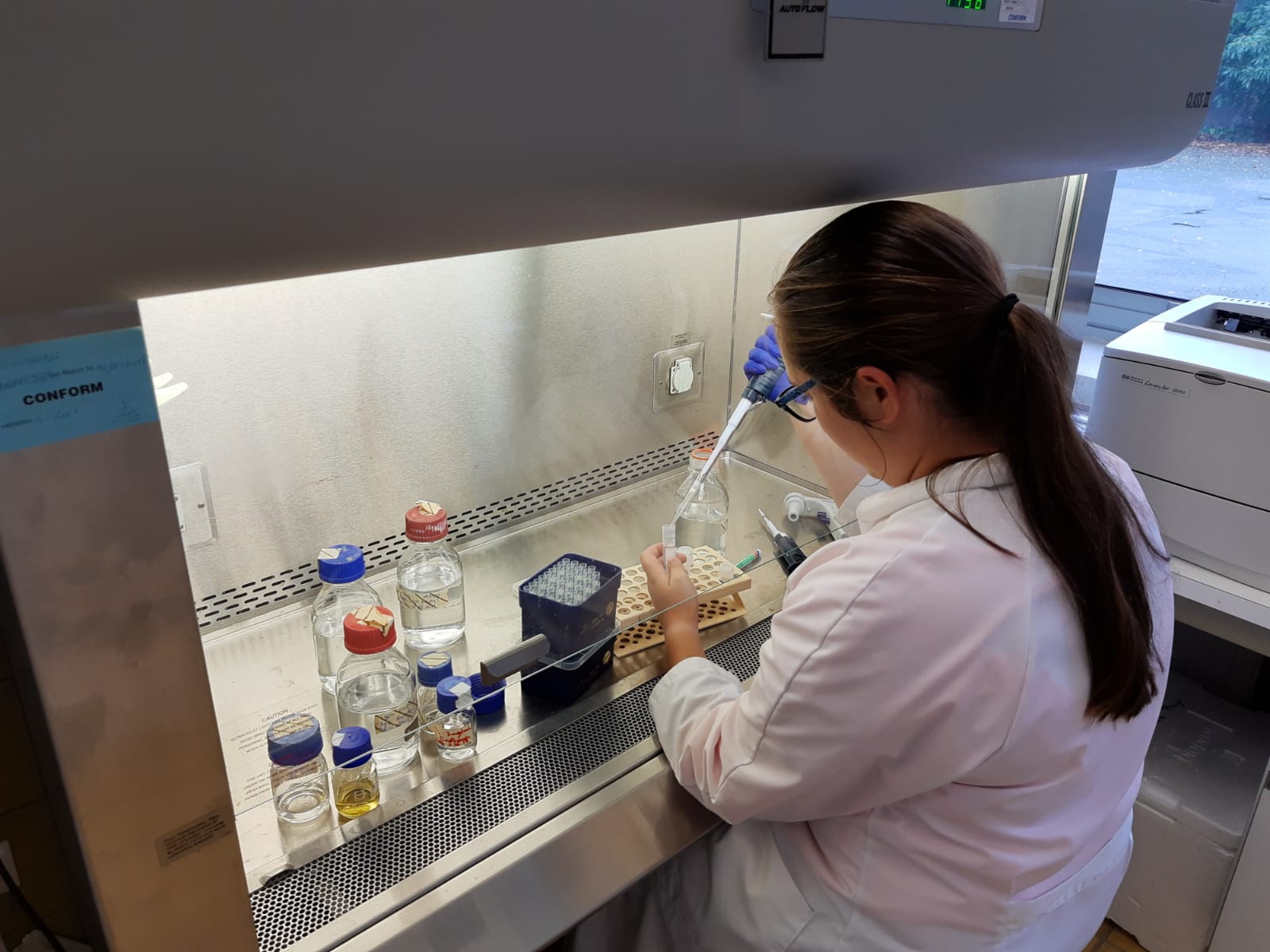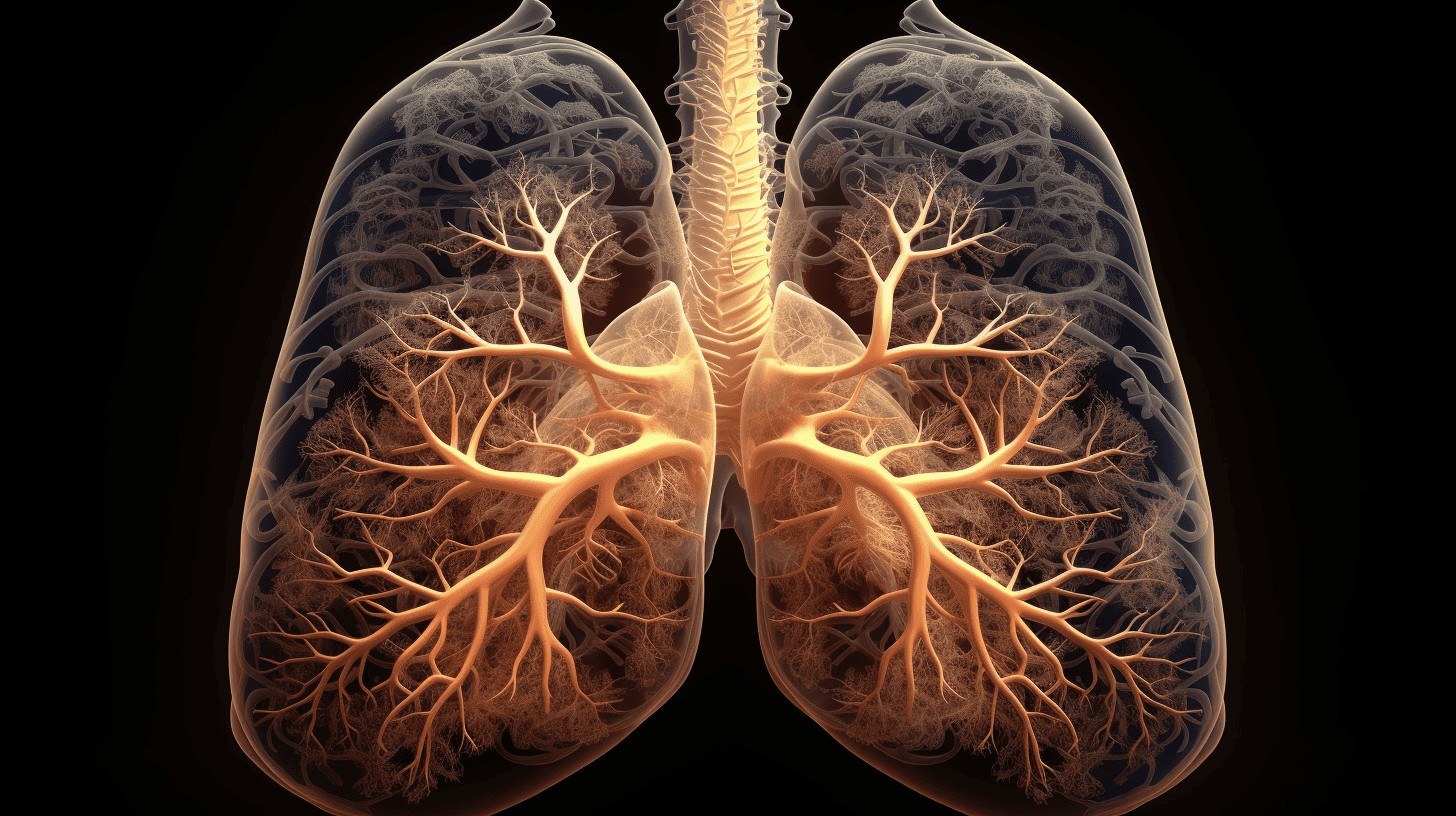
Researchers at Syddansk University in Denmark have discovered that the effect of antibiotics can be improved with a substance found in the hemp plant cannabis. It is cannabidiol (CBD). The researchers carried out successful tests on the drug bacitracin, which is used to inhibit the growth of the methicillin-resistant staphylococcus aureus bacteria (mrsa). This is also known as the “hospital bacterium.”
With the help of CBD and possibly other substances, not only is bacterial growth inhibited, it also turns out that a lower antibiotic dosage can be used. By using fewer antibiotics worldwide, the process of resistance is slowed down.
Ten million deaths in 2050 due to resistant bacteria
Resistance to antibiotics is one of the biggest problems of the 21st century. Every year some 700,000 patients worldwide die from resistant bacteria. According to the WHO, by 2050 this number could even reach up to 10 million per year. Simple routine operations, injuries and infectious diseases could already be fatal. Common bacterial infectious diseases such as pneumonia or gonorrhea are already treated in many countries with a combined course of treatment due to antibiotic resistance.
However, with increasing use, bacteria are also becoming more resistant to these treatment methods.
Scientists are striving to find a solution for this. Not only new antibiotics, but also nanotechnology might be able to combat harmful bacteria within a few years.
Razor-sharp metal nanoparticles
Researchers at the Royal Melbourne Institute of Technology in Australia have recently developed a technique that physically destroys the bacteria. Liquid metal nanoparticles can physically break down the bacterial cells and the mucus collar of the biofilm. Biofilms consist of a layer of microorganisms in combination with a self-produced protective mucus collar. Bacteria in biofilms have a higher resistance to antibiotics.
These metal nanoparticles deform by applying a low-intensity magnetic field and develop sharp edges which can eventually pierce the biofilm and the bacterial cells. The test results show that 99% of the bacteria were destroyed after 90 minutes of exposure to these liquid metal nanoparticles. Equally important, it had no consequences for other healthy cells in the body. The researchers expect that they can also fight fungal infections, cholesterol and tumors using this method. It may take some time before it is used as a treatment, but using this technique, resistance to antibiotics can be tackled in an innovative way.
One of the greatest inventions
Antibiotics were accidentally discovered by Alexander Fleming in 1928 with the discovery of penicillin. It was one of the greatest discoveries of the 20th century. The Scottish doctor-researcher had allowed bacteria to grow in different petri dishes, but in one he discovered that a fungus had inhibited bacterial growth. In the end, this was the beginning of the development of antibiotics, which attack harmful bacteria without affecting the rest of the body.
Soon after the development of antibiotics, it became clear that the bacteria adapt rapidly, which reduces their effect. Risk factors include the inappropriate and excessive use of antibiotics. The more they are used, the faster the bacteria can adapt. The use of this medicine is not always necessary, but it continues to contribute to rapidly mutating microorganisms that are becoming increasingly resistant.
Improving current antibiotics
Are existing antibiotics no longer useful? Yes and no. Many infections can only be treated with antibiotics. Research into these drugs can slow down the process of resistance. In addition to the development of new antibiotics, efforts are being made in various ways to maintain the effectiveness of existing ones. For example, Dutch biotech companies have developed peptides (short chains of amino acids) that can kill bacteria faster.
In addition, the University Medical Center in Amsterdam, Netherlands has decided to share anonymous care data of thousands of patients (with permission) with researchers. Computer models can be used to determine whether the right antibiotic and the right dosage have been prescribed to patients. This makes it possible to handle these drugs even more efficiently, thus preventing resistance to antibiotics for the time being.
Innovation wanted
The further development of current antibiotics and the discovery of new antibiotics still remain key, given the chance that sooner or later bacteria will adapt and become insensitive to the drug. It sometimes feels like fighting a losing battle, but with the help of the metal nanoparticles mentioned above, a direct physical attack makes it impossible for the bacteria to become resistant. The actual application of this nanotechnology will take some time but is highly desirable. It could potentially save many lives.
Also interesting:
New antibiotics to fight resistant bacteria
New fight against infectious diseases can be done without antibiotics








